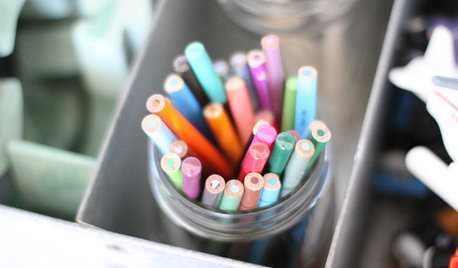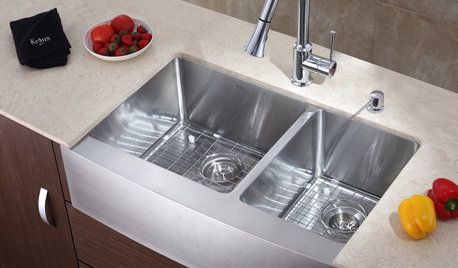Dishwashers: do I really need a sanitary rinse or cycle??
three_daisies
14 years ago
Featured Answer
Sort by:Oldest
Comments (6)
plllog
14 years agosfjeff
14 years agoRelated Professionals
El Sobrante Kitchen & Bathroom Designers · Pike Creek Valley Kitchen & Bathroom Designers · Ridgewood Kitchen & Bathroom Designers · Covington Kitchen & Bathroom Designers · Fort Myers Kitchen & Bathroom Remodelers · Hoffman Estates Kitchen & Bathroom Remodelers · Jefferson Hills Kitchen & Bathroom Remodelers · Patterson Kitchen & Bathroom Remodelers · Santa Fe Kitchen & Bathroom Remodelers · South Lake Tahoe Kitchen & Bathroom Remodelers · West Palm Beach Kitchen & Bathroom Remodelers · East Saint Louis Cabinets & Cabinetry · Casas Adobes Cabinets & Cabinetry · North New Hyde Park Cabinets & Cabinetry · Radnor Cabinets & Cabinetryandersons21
14 years agosfjeff
14 years agoFori
14 years ago
Related Stories

HOUSEKEEPINGDishwasher vs. Hand-Washing Debate Finally Solved — Sort Of
Readers in 8 countries weigh in on whether an appliance saves time, water and sanity or if washing by hand is the only saving grace
Full Story
HOUSEKEEPINGTackle Big Messes Better With a Sparkling-Clean Dishwasher
You might think it’s self-cleaning, but your dishwasher needs regular upkeep to keep it working hard for you
Full Story
KITCHEN DESIGNHow to Keep your Dishwasher in Tip-Top Shape
As your dishwasher goes into overdrive, here are a few tricks for getting your plates, glasses and silverware sparkling clean
Full Story
LIFEGet the Family to Pitch In: A Mom’s Advice on Chores
Foster teamwork and a sense of ownership about housekeeping to lighten your load and even boost togetherness
Full Story
KITCHEN DESIGN8 Kitchen Design Tips for Foodies
If you own at least one pricey knife and have a slew of kitchen tools, you’ll want to read this
Full Story
ORGANIZINGDo It for the Kids! A Few Routines Help a Home Run More Smoothly
Not a Naturally Organized person? These tips can help you tackle the onslaught of papers, meals, laundry — and even help you find your keys
Full Story
KITCHEN DESIGN12 Items Worth a Spot on Your Kitchen Counter
Keep these useful tools and accessories out in the open to maintain high function without spoiling the view
Full Story
KITCHEN DESIGNA Designer Shares Her Kitchen-Remodel Wish List
As part of a whole-house renovation, she’s making her dream list of kitchen amenities. What are your must-have features?
Full Story
DECLUTTERINGDecorate with Intention: Clutter Clearing 101
Fearlessly face disorganized areas to find the home of your dreams
Full Story
MOST POPULAR8 Little Remodeling Touches That Make a Big Difference
Make your life easier while making your home nicer, with these design details you'll really appreciate
Full Story






sean_m